The easiest way to increase alkalinity in a hot tub is by adding baking soda. The rule of thumb is one tablespoon of baking soda per 100 gallons of water. Most 4 person hot tubs hold around 300 gallons of water, so you would add 3 tablespoons of baking soda, let the hot tub run and then retest the water.
But…
If you’re confused over how to increase alkalinity in hot tub water while keeping your hot tub pH balanced and safe… You’re not alone. Many new hot tub owners struggle with this the first few times.
Here I go through everything you need to know, from how to raise alkalinity in hot tub water, to the causes of low alkalinity and how it can affect the pH levels.
First up, it’s important to understand that lowering or raising total alkalinity in your spa water can also change the pH level.
And if now you’re thinking “I’m even more confused”, well don’t panic! I’ve got you covered.
Grab a cuppa, sit down and I’ll make you a hot tub chemical pro in no time.
What Are pH Levels? (In A Nut Shell)
Contents
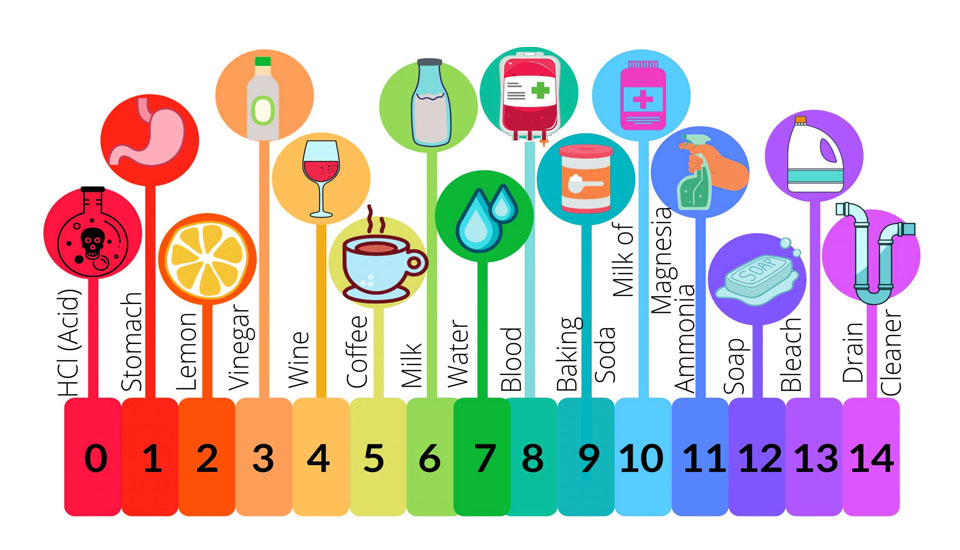
Total alkalinity and pH levels affect each other, they are different things but are very much connected.
So, before I get into how to raise total alkalinity and alkalinity increasers I want to explain a bit about your hot tub’s pH level. Put simply, the pH level tells you if your hot tub water is acidic or alkaline (here’s some more info on that) dependent on the concentration of hydrogen ions.
The ideal pH level for your hot tub’s water on the pH scale (0-14) should be between 7.4 and 7.8, (7 is neutral pH). If the proper level is not maintained there can be unwanted consequences.
Want to know more? Check out this video by Orenda Technologies.
Here’s WHY pH levels (as well as Total Alkalinity/TA levels) are important in spa & hot tub water.
Bad Effects Of Low pH Levels
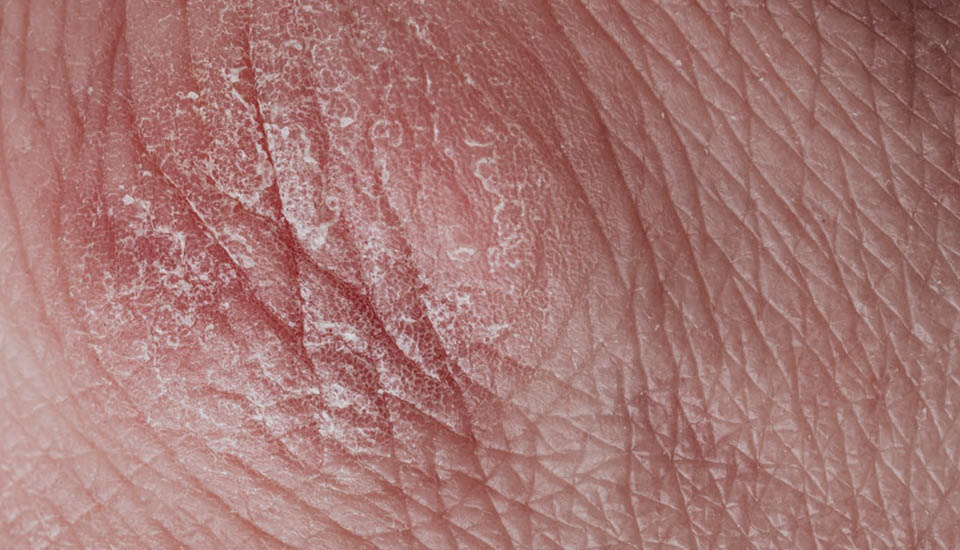
If you have low pH it means that your hot tub water has become too acidic. Here’s what can happen:
- Sanitiser chemicals become less effective which can allow dangerous bacteria, viruses, and algae to develop
- It can result in itchy dry skin and stinging eyes
- Low pH may cause corrosion to the inner workings of your hot tub (i.e heater element, etc)
- Acidic water may also damage the surfaces of your tub
How To Raise pH levels Quickly
To raise the pH in hot tub water, alkaline is required in the form of:
- A pH increaser, usually containing sodium carbonate (soda ash)
- Or alternatively sodium bicarbonate / baking soda
Bad Effects of High pH levels
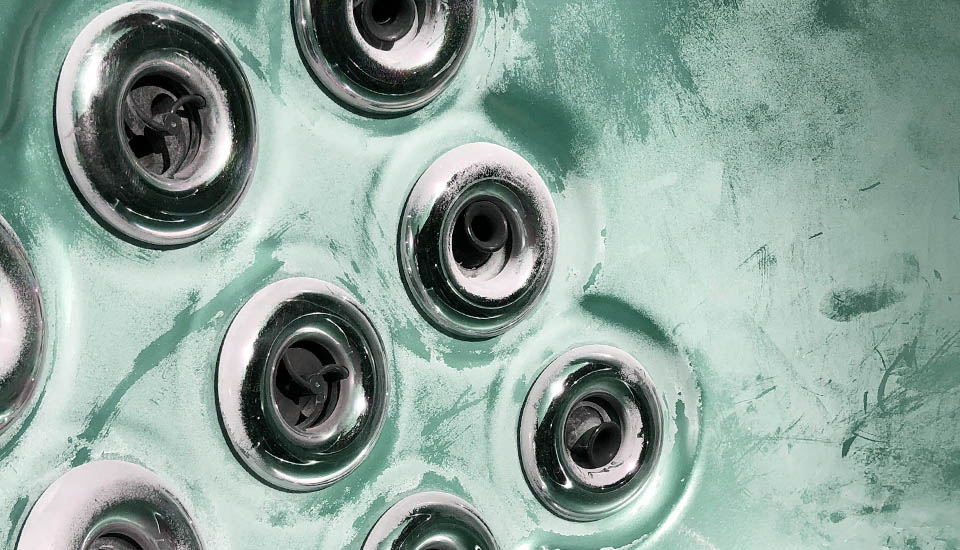
- Sanitiser chemicals become less effective allowing dangerous bacteria, viruses, and algae to develop
- Can cause itchy skin or burning eyes
- Scale and calcium may build up, both on the surface and in the components of your hot tub
- Filters may get blocked and water circulation could be restricted due to calcium build-up
- You may see froth starting to form on the water surface
- Cloudy water may occur
How To Lower pH In Hot Tub Water Quickly
Usually, hot tub owners will use liquid muriatic acid or dry sodium bisulfate to lower a high pH. These are referred to in the trade as pH reducers or pH minus.
Yes, it is technically possible to use certain vinegars, but I personally do not recommend this method and nor do many professionals.
So, What Is Total Alkalinity?
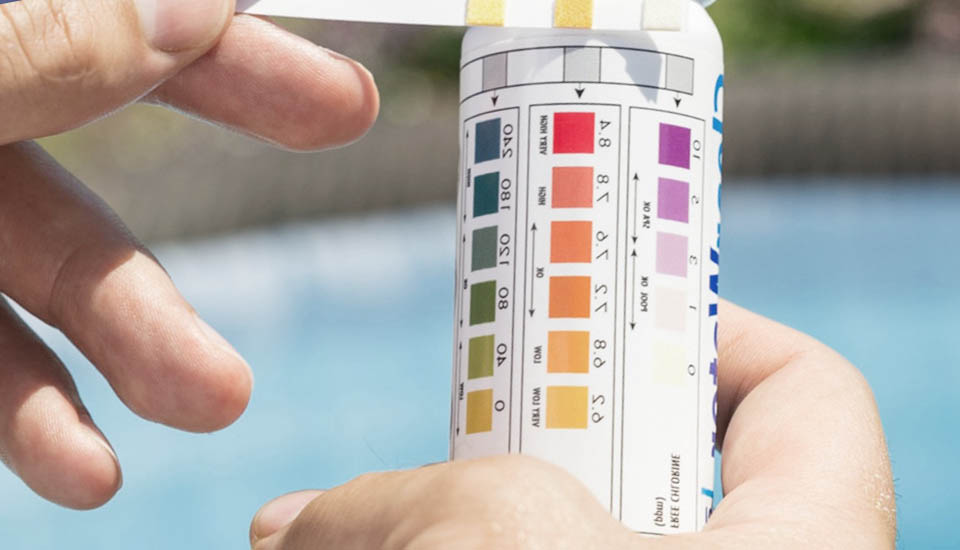
Ok, let’s move on to total alkalinity (TA) and how to raise the alkalinity in your hot tub.
The Total Alkalinity in your hot tub (or TA level) is probably one of the most important factors when we talk about water chemistry and hot tub water care.
I’ll explain what is Total Alkalinity (TA), what can the bad effects be if it’s out of the target range and how do you lower or raise alkalinity?
Often referred to as a “buffer”, the TA level is the number of alkaline chemicals active in the water and neutralising acid. The ideal range is 80-120 ppm (parts per million).
The total alkalinity helps maintain a more constant pH level, therefore avoiding major changes in pH levels or ‘pH bounce’ as you may hear it referred to.
Always remember you need to get the TA level in the correct range before trying to adjust the hot tub’s pH.
You can find out more information on the science of Total Alkalinity here.
Bad Effects Of Low Alkalinity Levels
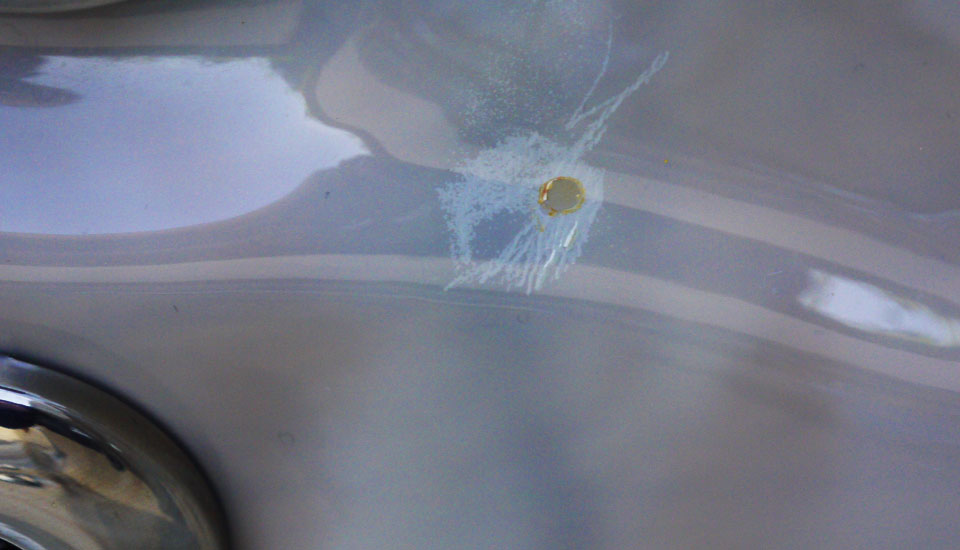
Although it may not be easily noticeable at first, low alkalinity is definitely not good for your hot tub or the people in it.
But what causes low alkalinity in a hot tub? The answer is simple, us humans.
Each time a person gets into a hot tub they bring with them contaminants that can change the water chemistry. Whether that be normal body oils, sweat, or at its worst urine. However, if your hot tub is outside and left uncovered in a downpour, then yes, rainwater can also lower the hot tub’s alkalinity.
Here’s a list of consequences that may occur should levels drop below the ideal range.
- First up, sanitiser chemicals are not as effective and pH levels will fluctuate greatly
- Low alkalinity in a hot tub can cause irritation to both skin and eyes
- It can cause to your hot tub surfaces, such as staining, small cracks and pitting
- Because a low alkalinity level means the water is more acidic it may cause corrosion to important components in the plumbing and heating components of hot tubs.
- Increased running costs as you’re regularly running your jets trying to balance your pH, without addressing the route cause of the problem
Bad Effects Of High Alkalinity Levels
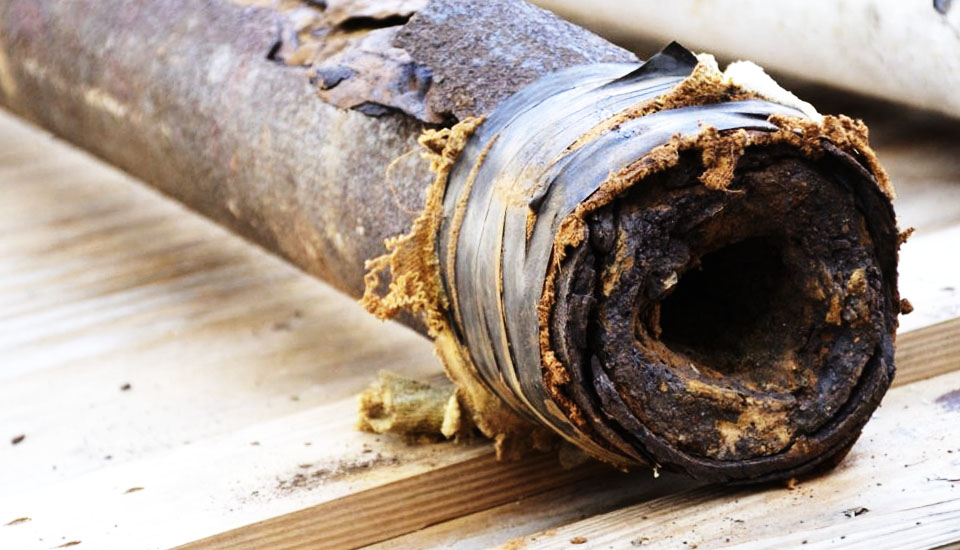
So, what causes high alkalinity in a hot tub? Again, mainly it’s us humans bringing in contaminants. But, it can also be down to living in a hard water area, using too many chemicals, or even the presence of bacteria.
Here’s a list of consequences that may occur should levels get above the ideal range for extended periods of time.
- High alkalinity can cause skin and eye irritation
- A build-up of scale or alkaline on the hot tub walls and surfaces
- You will need to clean or replace your water filters more than usual
- The water filtration and circulation can be reduced as the pipes gradually get scaled up
- There is extra stress on your pump as it works harder to pump the same amount of water
- Your water will get cloudy and gloomy.
Firstly, How To Test Your Hot Tub Alkalinity
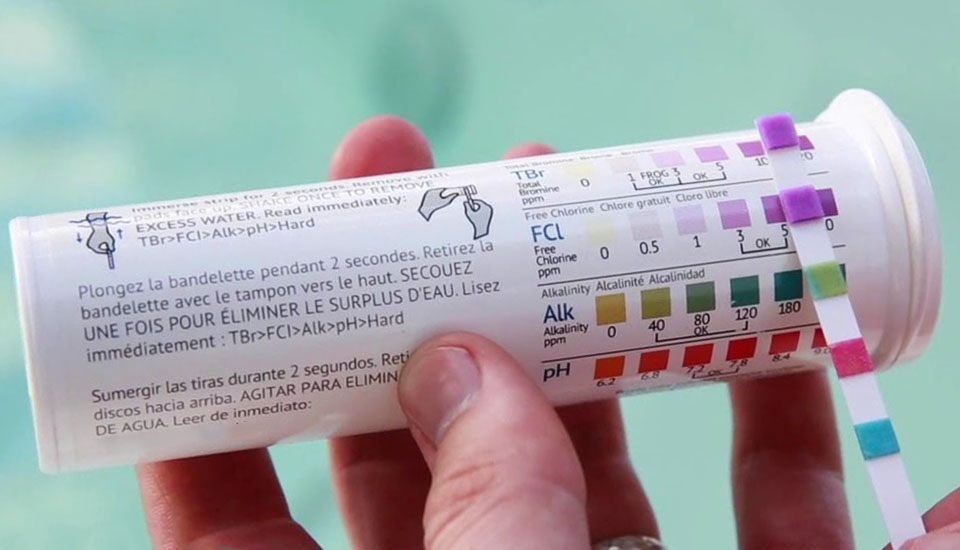
How do you find the total alkalinity and pH levels of hot tub water? There are three basic options available.
- You can use a digital testing meter
- Take a water sample using a hot tub test kit
- Use hot tub test strips (personally, I opt for these and have a full guide on how to read hot tub test strips here)
All these options are a quick and easy way to get the readings for sanitiser, pH and alkalinity levels.
How To Raise Total Alkalinity Levels
There are two choices to pick from when it comes to raising alkalinity in your hot tub.
Method 1. Alkalinity increaser
There are many alkalinity increaser products on the market that work really well. However, ingredients do vary. Soda ash will raise the pH level whereas an ‘increaser’ containing only sodium bicarbonate will only affect the pH slightly.
Method 2. Using Baking Soda / Sodium Bicarbonate
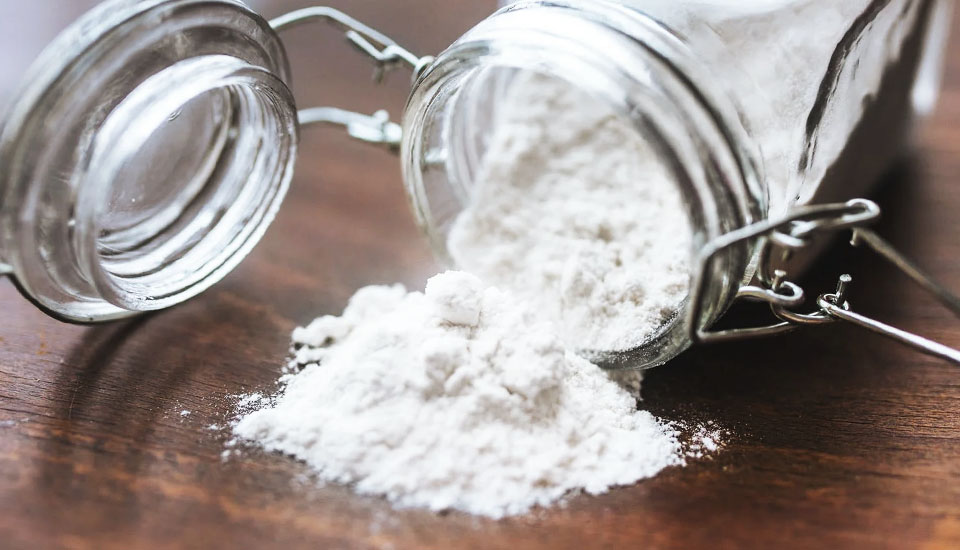
Using baking soda is also a very popular and safe way to increase the alkalinity in a hot tub. As a general guide, simply add 1 tablespoon of baking soda per 100 gallons of hot tub water.
So, what is the difference between baking soda and alkalinity increaser? Not only is baking soda (sodium bicarbonate) usually cheaper, it is also the answer to the question of how to raise alkalinity without raising pH in a hot tub.
Having said that, if you have low pH and TA then an alkalinity increaser containing sodium carbonate (soda ash) may be the better option.
How To Lower Total Alkalinity Levels
So you’ve dipped your test strip and you have high alkalinity in the hot tub. To reduce the level you will need to use a pH increaser (sodium bisulfate).
Be sure to follow the instructions on the product carefully and test again after 24 hours.
How To Balance Alkalinity & pH Levels

As you now know, Alkalinity and pH levels are closely related and it can be tricky to get the hot tub water balanced correctly.
For example, the answer for how to raise alkalinity without raising the pH substantially is to use baking soda as opposed to soda ash. But when it comes to the question of can you raise the pH without raising the alkalinity level?
No, I am afraid you can’t.
Think of it this way, when the total alkalinity is high, it is almost impossible to get the pH to change.
Whereas, if the TA is too low your pH will be all over the place and nigh on impossible to control by adding chemicals.
So, To Sum It All Up
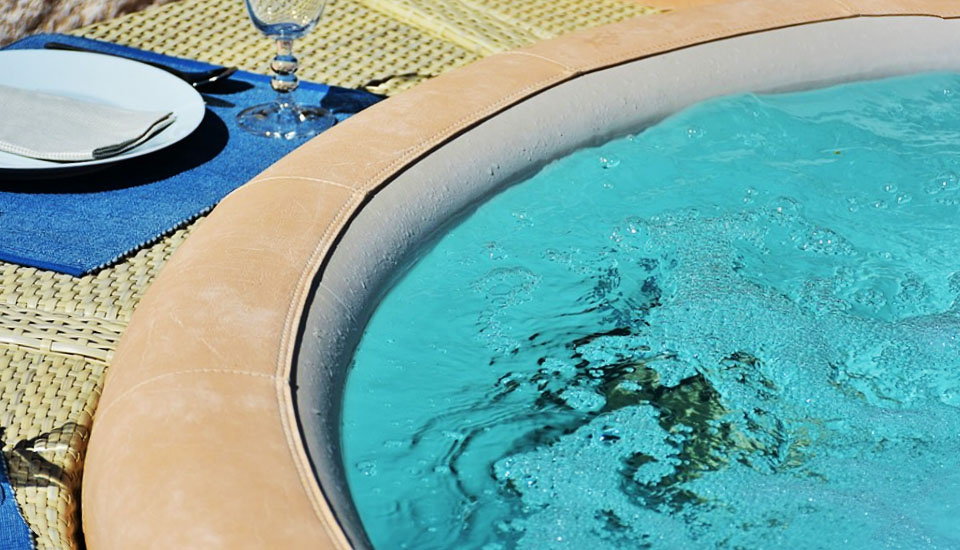
Firstly, as a general rule little and often is best. Test your water at least twice a week and you’ll find keeping your water clean and in balance easier. Always refer to your owner’s manual and follow the instructions on any products carefully.
Secondly, always get the Total Alkalinity levels in the normal range first then retest to find the Ph level.
Remember, if the total alkalinity and pH are not balanced your sanitiser is not as efficient. You will have to use a lot more chemicals making it unpleasant for anyone using the hot tub.
Note: All chemicals can dangerous when being handled. Be sure to take proper safety precautions and wear appropriate safety gear to avoid severe burns.
Other Frequently Asked Questions
Well, hopefully that helps you understand alkalinity vs pH levels better and also how to resolve any problems you may have with getting your hot tub water balance correct. I think I’ve covered all the basics but below are a few answers to the most commonly asked questions I get.
So until next time, go and enjoy your hot tub! 🙂
Should you raise your alkalinity or pH levels first?
It is a golden rule of hot tub water care that you always raise your alkalinity level first. Once the hot tub’s alkalinity is ok do another test to find the water’s pH level.
Can you use vinegar to reduce alkalinity in a hot tub?
A lot of people make the mistake of thinking that putting vinegar in a hot tub will reduce alkalinity. However, it doesn’t, it will in fact reduce the pH level.
Is it safe to use a hot tub with low alkalinity?
When a hot tub has a low alkalinity level it can cause skin and eye irritation. It also reduces the efficiency of sanitisers, meaning a lot more will be required to keep bacteria at bay.
Is it okay to use a hot tub with high alkalinity?
Using a hot tub that has high alkalinity can cause irritation to the skin and eyes and therefore is not recommended. Also, the sanitiser will not be as effective, which can lead to dangerous bacteria and viruses being in the water.